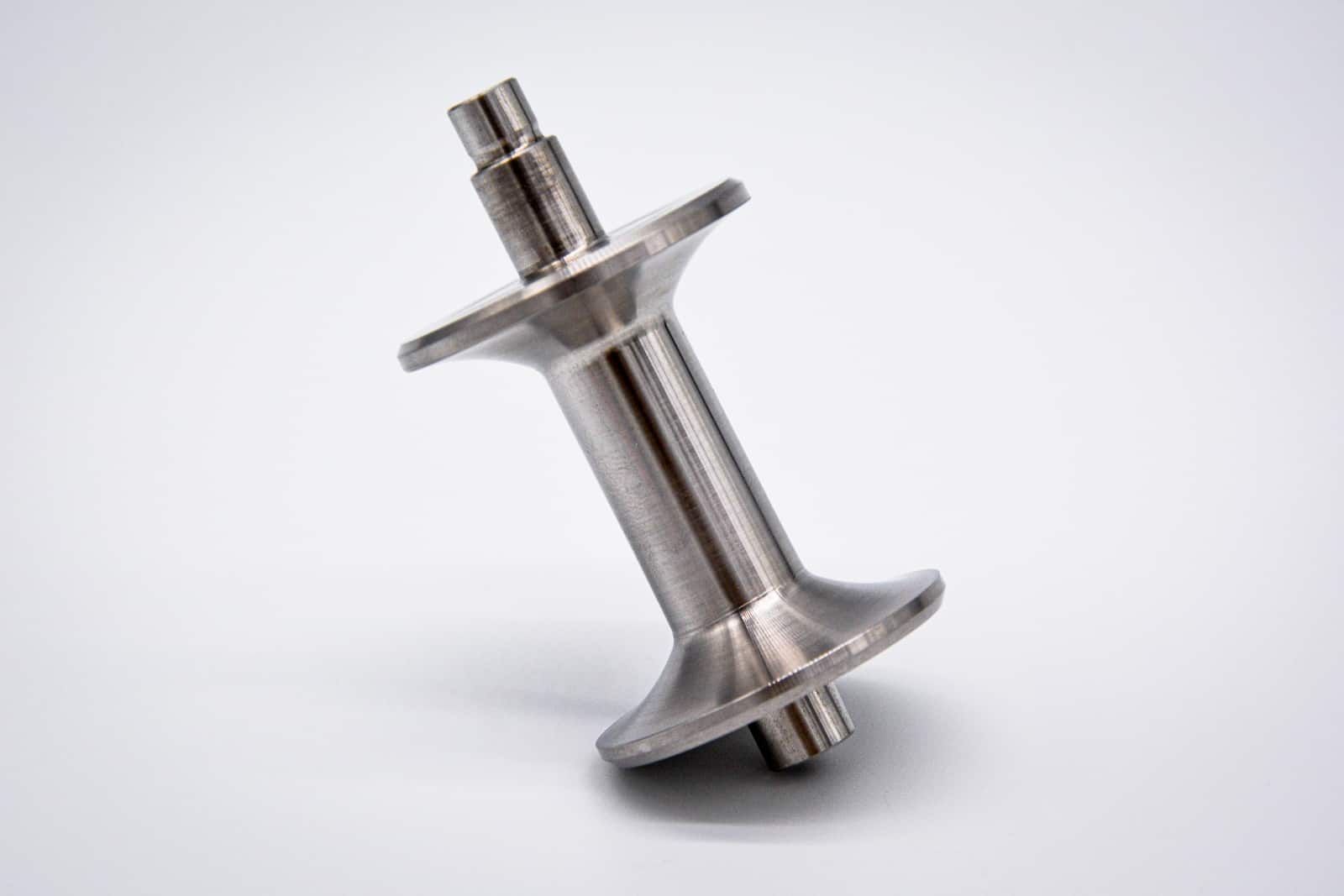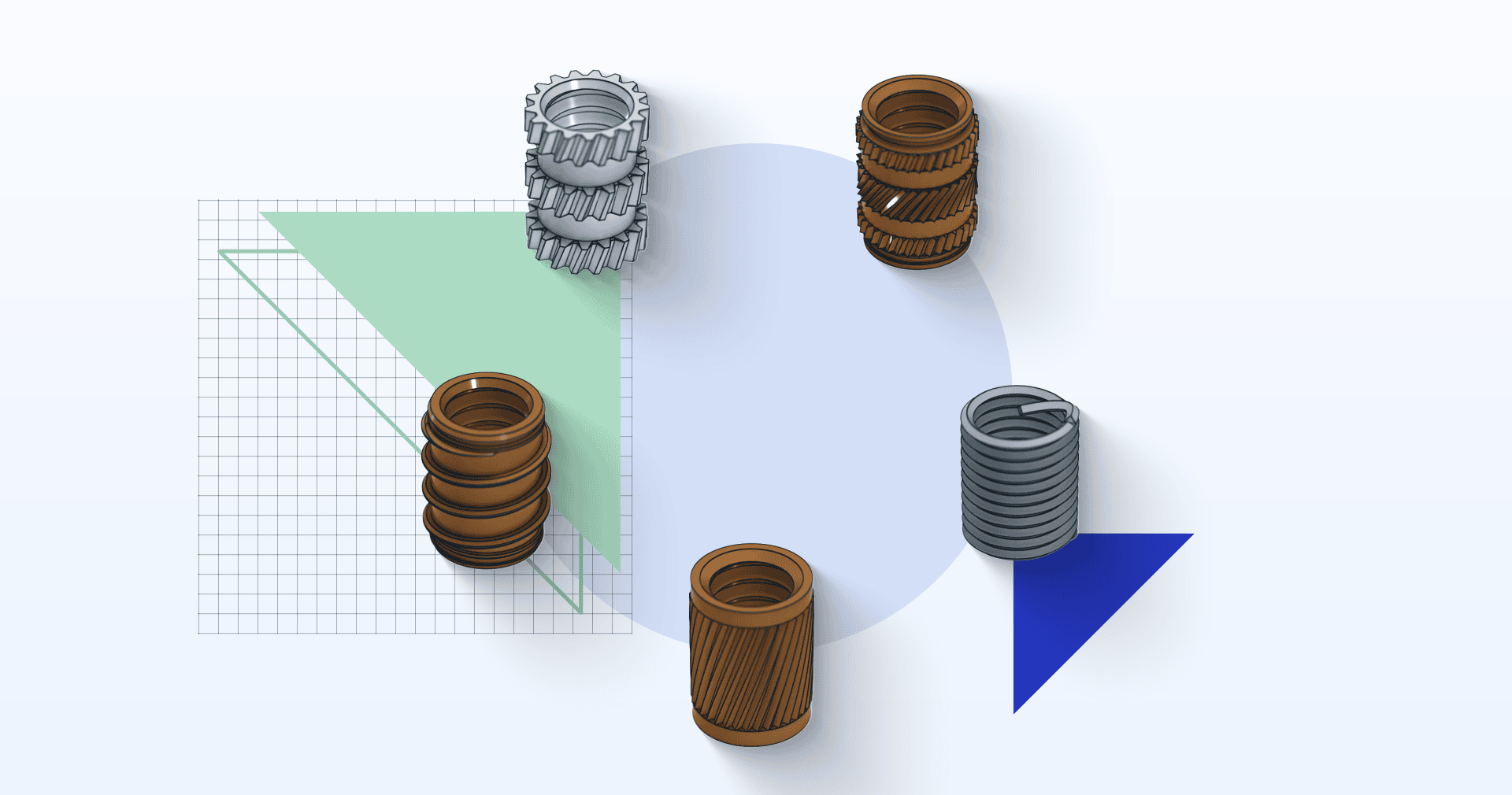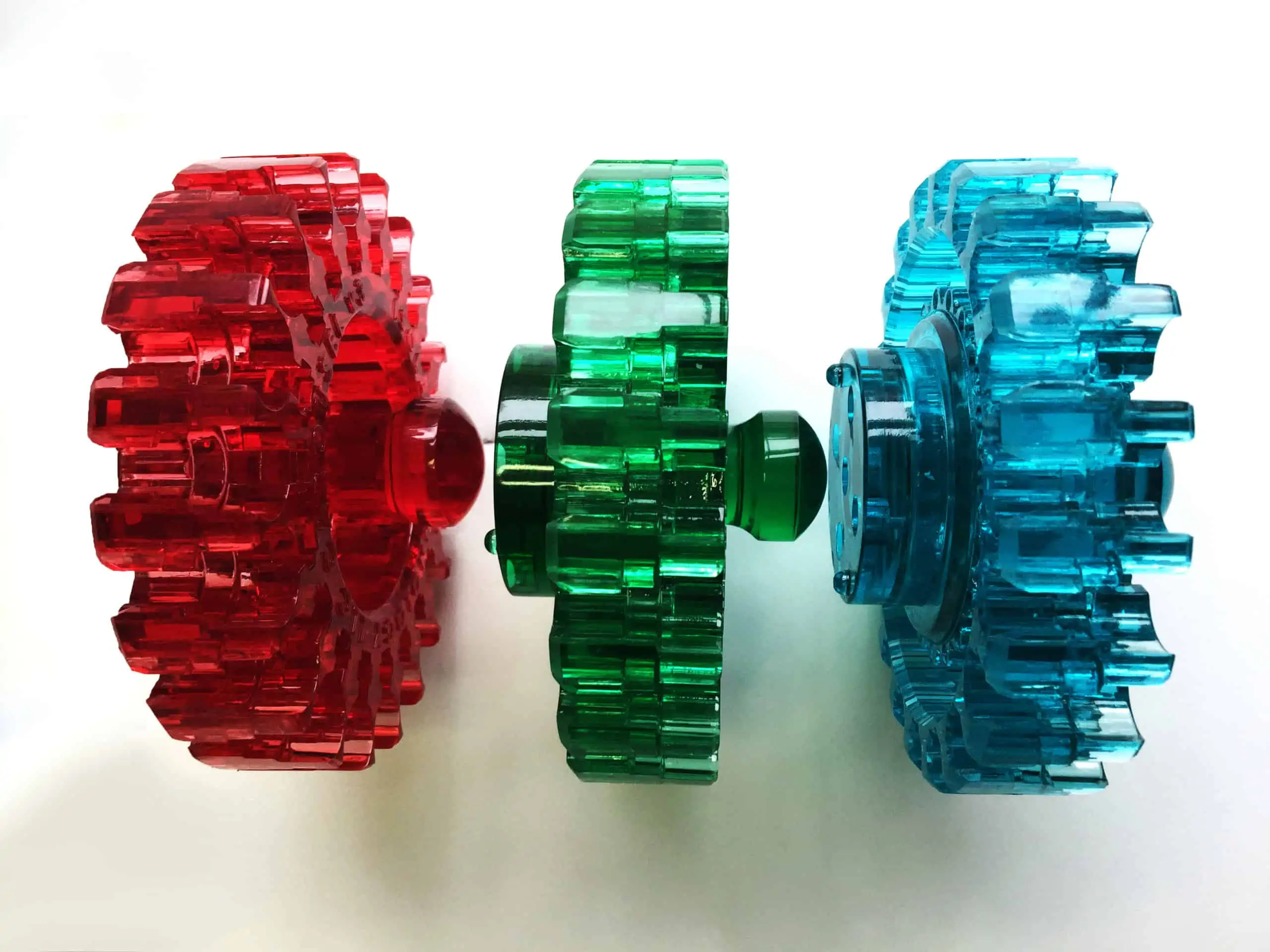On my YouTube channel, I share a variety of builds and engineering experiments, aiming to show how fun and rewarding it is to create something with your own hands. One project that had been on my mind for a long time was designing a booster backpack—something straight out of sci-fi, but with practical elements that could have real-world applications. What started as a fun idea also sparked thoughts about how deployable features from a backpack could be useful, especially for people with physical challenges.
Key Components Behind the Bold Idea
The idea of making a booster backpack had been on my project list for years. I knew it would be a significant challenge: I needed the parts to fit perfectly and be strong enough to withstand the forces involved. The goal was to create a functioning piece that was not only cool to look at but also practical and durable. The concept involved two Electric Ducted Fans (EDF), which are essentially small electric jet engines, mounted on deployable arms that can extend from the backpack to provide extra propulsion, such as when cycling against the wind.
These deployable arms are designed to be inconspicuous, folding back into the backpack when not in use, and are powered by servos that control their movement. The entire system is managed by an Arduino, which, with the press of a button, allows the EDFs to extend, rotate, and provide an additional thrust.
Working with Xometry opened up new possibilities—I could 3D print the deployable arms in aluminium, using generative design software to create strong yet lightweight components. This approach allowed me to think beyond plastic prototypes and consider more robust materials for real-world applications. The use of 3D-printed metal parts ensured that the arms were not only strong but also efficient in design, fitting seamlessly into the compact space of the backpack.
This project was not only fun to create but also sparked ideas about practical applications for deployable features, particularly for people who might benefit from extra assistance in everyday tasks. What started as a fun sci-fi concept turned into a project with real-world potential.
Designing with Autodesk Fusion’s Generative Design Workspace
For the design phase, I turned to Autodesk Fusion’s generative design workspace, a tool that has been invaluable in pushing my creativity. Generative design isn’t just about drawing shapes; it’s about exploring design possibilities that I wouldn’t have considered on my own. I started with the basics—outlining the parts that needed to be printed, their size constraints, and the necessary strength specifications.
Using these parameters, the software generated a range of design options—some so unique that they looked like they came straight out of nature or sci-fi.The designs were complex, yet elegant, perfectly blending form and function. I chose the ones that struck the right balance between strength and aesthetic appeal.
Navigating the Complexities of Metal 3D Printing with Xometry
Once the designs were ready, the next challenge was optimising them for 3D printing in metal. Working closely with Xometry, we made necessary adjustments to ensure the parts could be manufactured efficiently without compromising on quality or performance. Their expertise was crucial in this phase; they helped refine the designs, ensuring that each component would not only look great but also meet the structural requirements.
Printing in metal added an extra layer of complexity. Unlike plastic, metal parts need to be designed with considerations for weight distribution, strength, and how they’ll be assembled. Xometry’s input was invaluable, helping me avoid common pitfalls and optimise the designs to be both functional and manufacturable.

The Final Touch: Completing the Booster Backpack’s Assembly
The moment I received the finished parts from Xometry was incredibly rewarding. The parts looked fantastic, with a sleek metallic finish that gave the booster backpack a professional and futuristic appearance. Assembling the backpack was like putting together a puzzle that I had designed myself—a satisfying process that reinforced why I love creating these projects.
When I sat on the bike, put on my booster backpack, and switched it on, the experience was incredible. It worked! I felt like ‘Rocket Man’ as the EDFs gave me a boost, and suddenly, cycling felt like going downhill and it was so easy to gain speed. I couldn’t help but imagine what people behind me were thinking when they saw this in action.
The booster backpack exceeded my expectations, not just in terms of looks but in functionality as well. It started as a fun project to showcase on my channel, but along the way, I realised that there’s potential for these deployable elements to be useful in everyday life, especially for those who might need a little extra assistance. Imagine a backpack that could extend an arm to help you reach something, carry heavy items, or even stabilise you when needed. The possibilities are endless and such features could offer significant benefits for people with physical challenges or those looking for hands-free solutions in daily life.
A Creative Journey with a Vision for the Future
This project reminded me why I started making things in the first place—to challenge myself, explore new technologies, and, most importantly, to inspire others. Seeing the booster backpack come to life was a testament to the power of creativity combined with advanced manufacturing techniques. Moving forward, I hope to continue pushing boundaries and finding new ways to make ideas like these accessible to everyone. My vision is to inspire others to take on their own creative challenges, no matter how big or small, and experience the same joy of making that drives me.
For more projects and engineering experiments, check out my YouTube channel, The Practical Engineer.
What project would you tackle if you had access to metal 3D printing and generative design tools? How would you integrate metal 3D-printed designs into your own projects? Share your thoughts and ideas in the comments!
Share Your Engineering or Product Design Story
Share Your Story!
Share your engineering and product design journey and get a €300 reward! Showcase your innovative solutions and best practices with our community.
 Europe
Europe  Türkiye
Türkiye  United Kingdom
United Kingdom  Global
Global 

 Login with my Xometry account
Login with my Xometry account  0
0


















Comment(0)